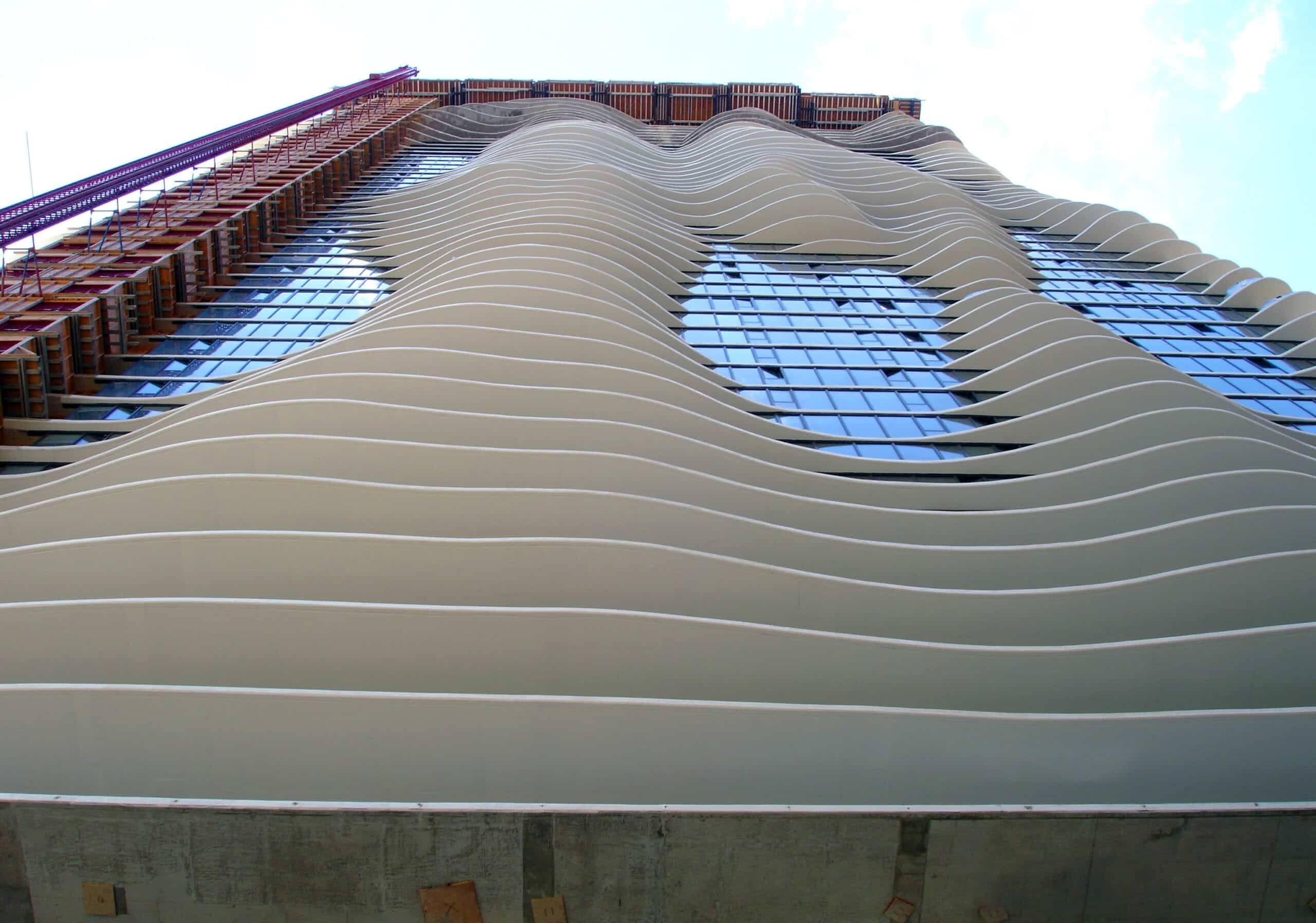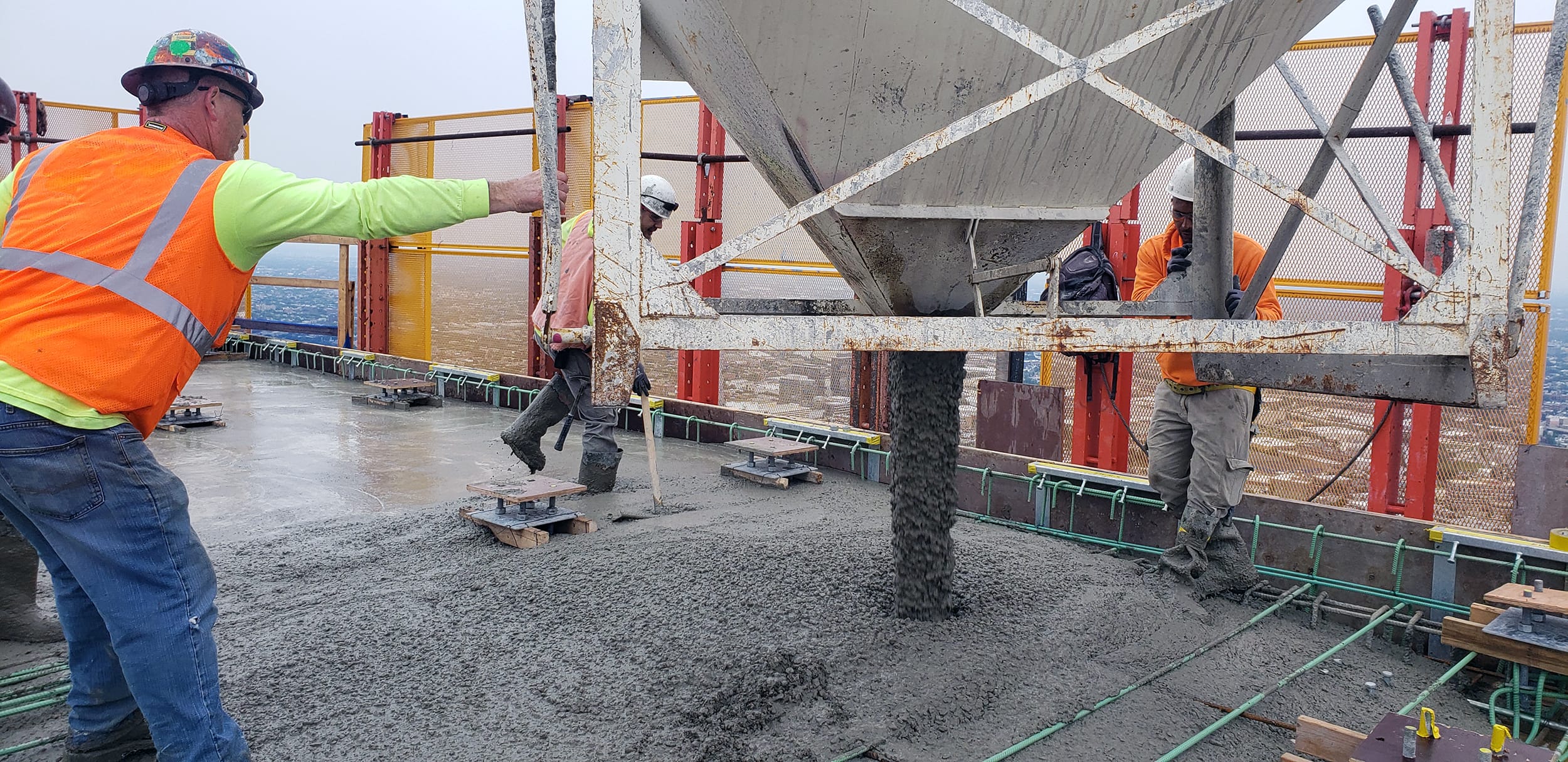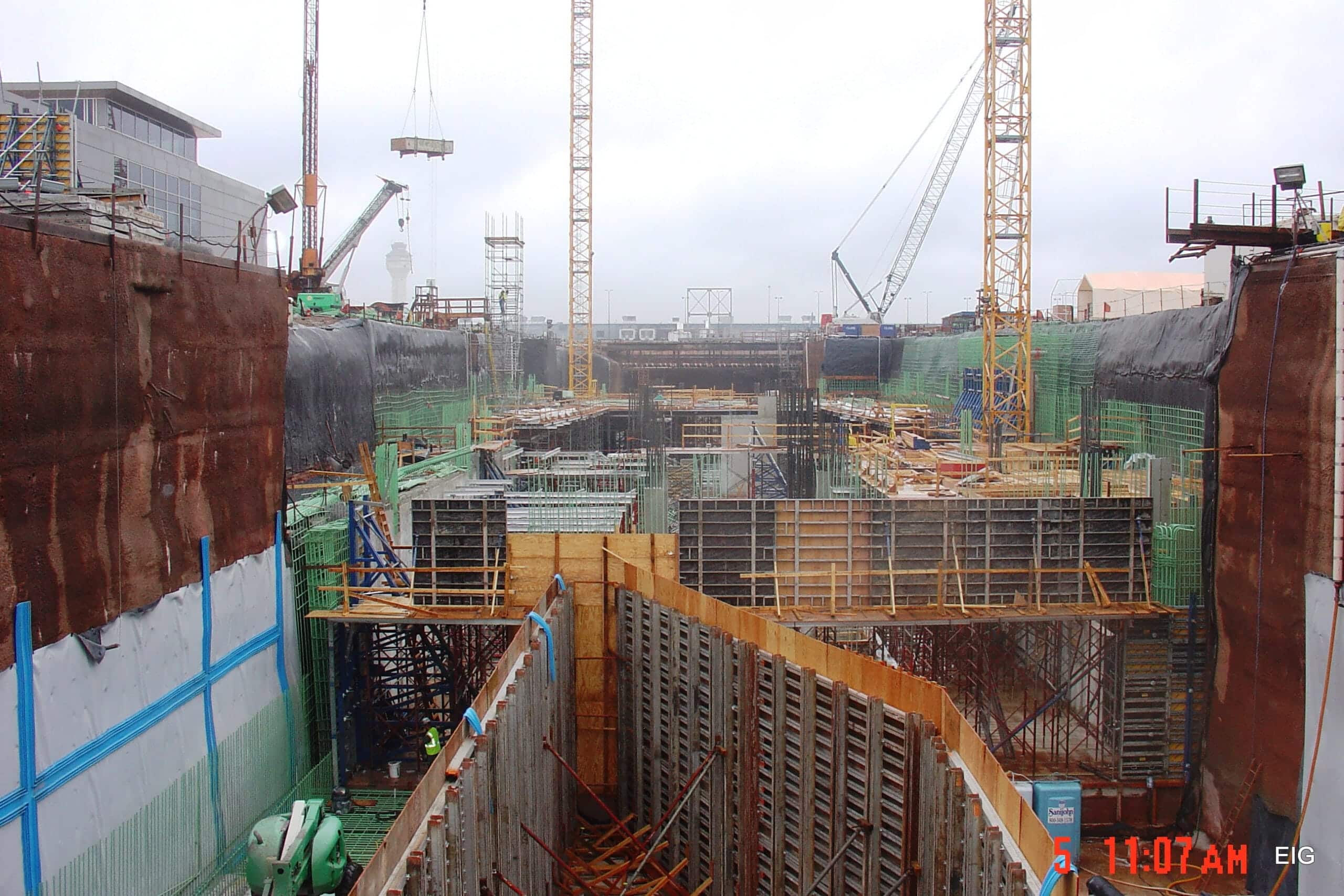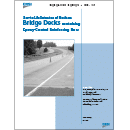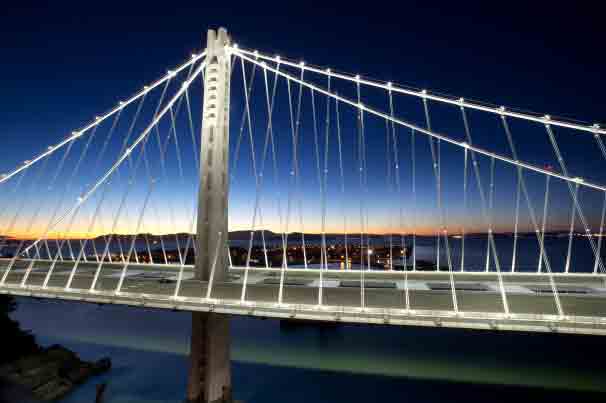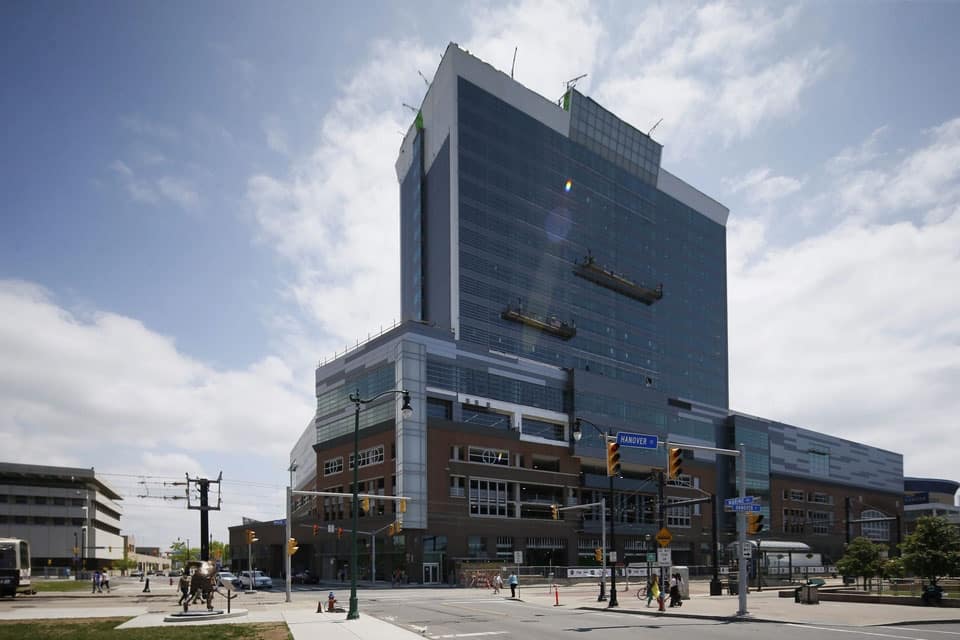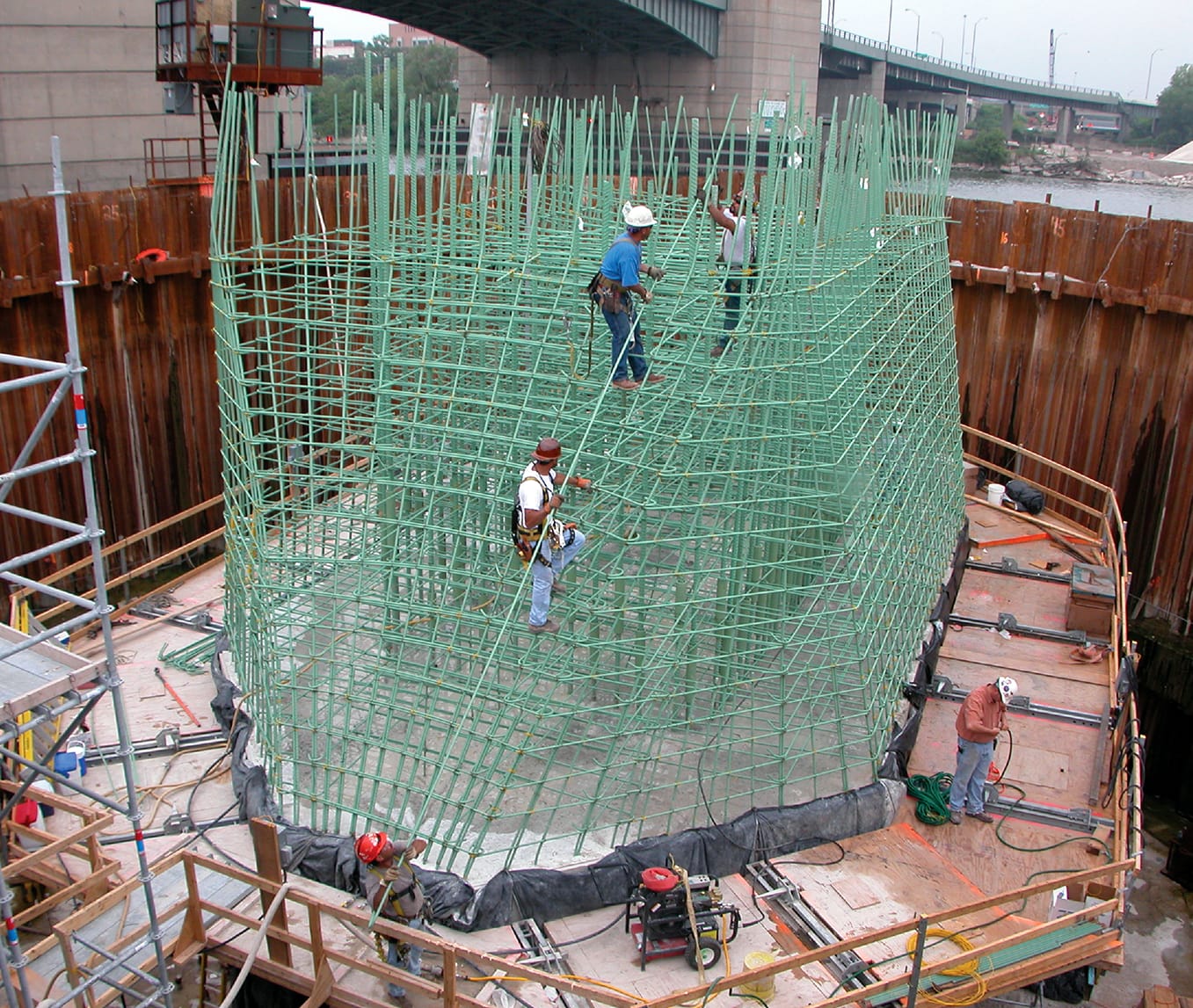
Epoxy-Coated Steel Applications
Epoxy-coated rebar is an attractive building option for many reasons, one of which being its ability to resist damage from harsh weather and natural disasters. As climate change raises the likelihood of extreme weather events such as large storms, building structures from materials specifically engineered to face such challenges becomes increasingly necessary. The benefits of a epoxy-coated steel reinforced concrete structures aren’t limited just to their durability: concrete structures made with reinforcing steel are adaptable, economical, and sustainable as well.
Research & Reports
More Resources
Frequently Asked Questions
About Us
The Epoxy Interest Group (EIG) of CRSI (Concrete Reinforcing Steel Institute), is a not-for-profit trade association providing an authoritative resource for information related to use of epoxy-coated steel (epoxy rebar) in reinforced concrete. Epoxy-coated reinforcing steel is also known as ECR, epoxy-coated rebar, fusion bonded epoxy coated rebar or FBECR.
The Epoxy Interest Group (EIG) serves the construction market in the United States, Canada and Mexico.
